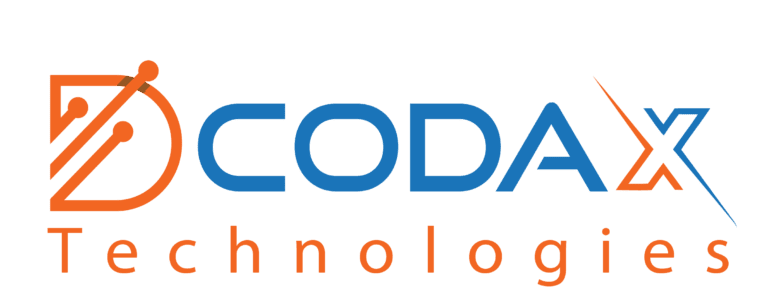How Much Does it Cost to Develop an App in 2023? From Idea to Launch!
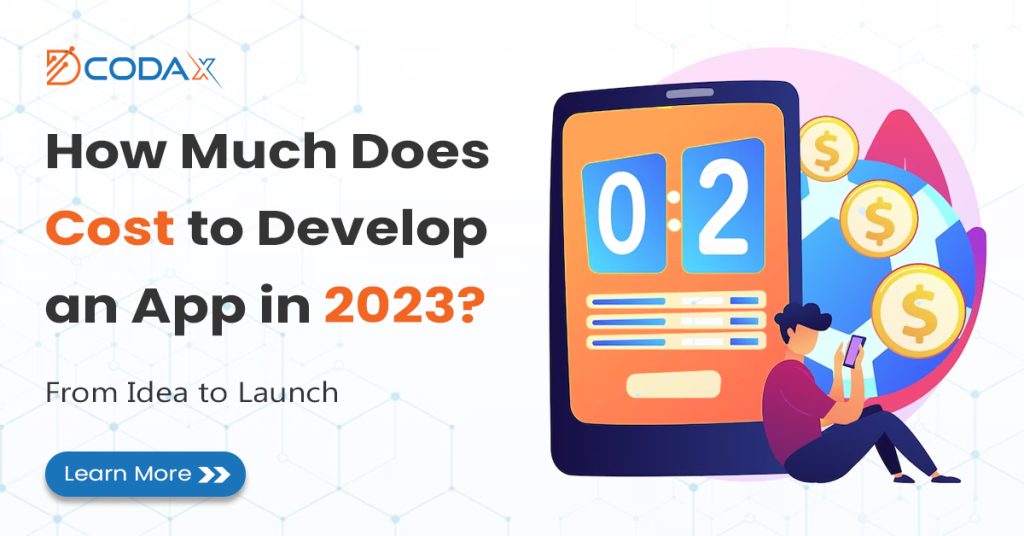
Are you considering developing an app but unsure of the costs involved? The estimation process for app development costs can be complex and challenging, but it’s not impossible. With careful research and planning, you can create an app that meets your requirements while also staying within your budget.
While the cost of app development may vary based on several factors, it’s crucial to understand that investing in an app can have significant benefits for your business or project. With the increasing dependence on smartphones and mobile devices, having an app can help you reach a broader audience and enhance customer engagement.
How much Does it Cost to Make an App: How Price is Determined

Are you dreaming of building an app-based business but struggling to determine the cost?
Let’s begin by exploring the harsh reality of costs associated with creating an app-based business, followed by a detailed breakdown of the component costs involved.
Statistics indicate that only 1 in 10 app-based businesses survive beyond five years, and those that do require an investment of tens, if not hundreds of millions of dollars over their lifetime. Despite such terrible statistics, the risk-reward ratio of an app-based business experience can be fruitful. The creation of a successful app-based business can result in multi-million, even multi-billion-dollar exits via a sale or IPO(input–process–output), and new digital products continue to reach “unicorn status” with a billion-dollar assessment every week.
In fact, in 2021 alone, 340 new unicorns emerged, exceeding the total number of unicorns created in the preceding five years combined. With this in mind, the cost and risks involved in building an app-based business can be all worth it if done right.

Hold on, let’s take a step back.
Before we delve into the costs of achieving “unicorn status,” let’s start with the first few steps of bringing your app-based business idea to fruition.
Assuming that you have a solid concept or idea in mind, the next step is to determine how to bring your product to the market. In essence, you have three main options to consider:
These options come with varying costs and benefits that we’ll explore in greater detail in the following sections.
If you possess all the skills required for product strategy, design, development/coding, analytics, sales, marketing, partnership, and fundraising, then going it alone is undoubtedly an option. In that case, you’ve already achieved “unicorn status” in the book, and congratulations to you!
However, for those of us who aren’t unicorns, the second two options are more realistic.
The costs associated with finding co-founders for app development are relatively straightforward – sweat equity is the currency. In those early, exciting days, you give up a portion of your company’s ownership to co-founders (and/or early employees) who possess relevant skill sets.
The question then arises – how much ownership should you give up? That’s a complex topic that warrants another article altogether. Nonetheless, giving up equity is a way to get an incident off the ground with minimal cash outlays.
However, this path requires a potential lifelong commitment to one or more individuals. With 50% of marriages ending in divorce, the statistics for co-founders are even more daunting. It’s a risky, scary path, but one that many have taken.
That brings us to the third option, which we’ll be exploring in greater detail:
Finding an agency

Entrepreneurship is not for the faint-hearted. It requires dedication, perseverance, and a willingness to take risks. The road to success is often found with obstacles, and building an app-based business is no exception.
While some might try to go it alone or find a co-founder, others recognize the value of seeking professional help. But why trust an agency that makes a living out of it, you might ask? Fair question.
As app development experts, we believe that partnering with an agency has its benefits over the other two options. Of course, if you’re not willing to invest any money into your experience, then you might not like what follows. But for those daring entrepreneurs who are willing to invest in their idea, keep reading!
Let’s break down the app development costs involved in building the first version of a product – a minimum viable product (MVP) – with an agency:
⦁ Product strategy costs
⦁ Branding costs
⦁ UX & UI design + user test costs
⦁ Development costs
⦁ Analytics costs
⦁ Maintenance costs
⦁ Server & storage costs
⦁ Sales costs
⦁ Marketing costs
⦁ Partnership costs
⦁ People/salary costs
⦁ Benefits costs
⦁ Office costs
⦁ Utility costs
… and the list goes on.
Product Strategy Costs:
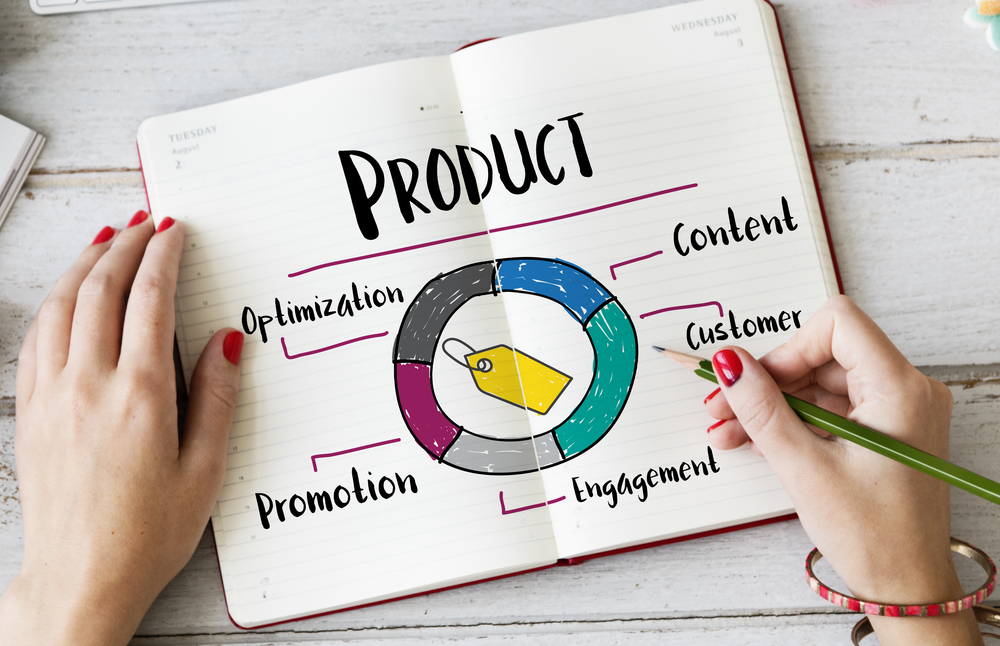
Crafting a sound product strategy is the cornerstone of any successful app-based business. This is the step where you’ll collaborate with an agency to determine the optimal product to create and who your target audience is.
Engaging in meaningful conversations with real users and reviewing the competitive landscape is essential. Neglecting this step could prove to be a costly mistake, and it’s not something you want to cut corners on.
Assuming you’ve done your homework and gathered feedback from a sizable group of users, and the market is ripe for disruption, you can skip this. However, as the most challenging aspect of the process, skimping on this step is a rookie mistake.
Expect to allocate around one month and approximately $5,000 toward product strategy costs.
Branding Costs:
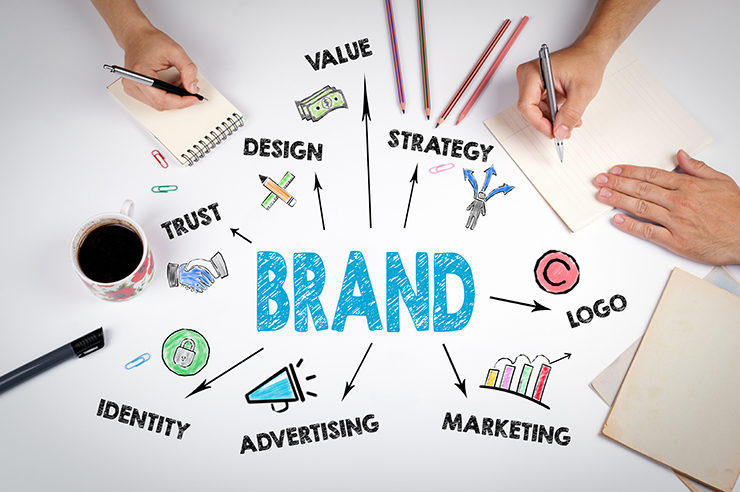
In today’s digital landscape, sleek design is non-negotiable. Users demand a visually stunning and intuitive interface, and anything less than that simply won’t cut it. With aesthetics reigning supreme, cutting corners on design is not an option.
For this phase, you should plan on dedicating at least one month and an additional ~$10,000. It’s worth noting that this stage can sometimes be completed in parallel with the product strategy phase, allowing you to save valuable time.
UX & UI Design + User Testing Costs:
Prepare to be amazed, because we’re about to dive into the world of user experience design! This is where the real magic happens.
After all the necessary groundwork has been laid, it’s time to put your product to the test. User feedback is critical here, and UX Designers will work tirelessly to create detailed wireframes and prototypes that can be shared with real users for their thoughts and opinions.

But it doesn’t stop there. Based on the feedback received, the UX team will iterate and refine their designs until they have created a product that is not only functional but beautiful as well. This is where branding efforts come into play, ensuring that the product’s design aligns with the company’s overall image.
With all the testing and design work complete, it’s time to move on to development. And with a user-validated product in hand, you can rest assured that your investment will pay off in spades.
Plan for at least two months and an additional ~$8,000 for this crucial phase of the process. And while it may seem like a significant investment, it pales in comparison to the cost of developing a product that nobody wants or needs.
Development Cost:

Development is the intersection of art and science, a process that relies on both creative problem-solving and technical expertise. It’s where the magic happens, where skilled coders take the blueprint created in earlier stages and bring it to life with their keyboards.
But it’s not just about what they code; it’s how they code that count. Quality, efficiency, and scalability are critical considerations that can make or break the success of your product.
The complexity of the development phase depends on the definition of your MVP, which should strike a balance between viability and minimalism. Overbuilding can lead to overspending while underbuilding can render your product useless in the eyes of your users.
Development costs can vary widely, ranging from $10,000 to 20,000$ over a period of two to six months. If your MVP takes longer than six months to develop, chances are you’ve missed the mark on the “minimum” part of your MVP definition.
Analytics Costs:
Allow me to quote the wise words of renowned economist Peter Drucker, who once said, “you can’t manage what you can’t measure.” In today’s digital age, truer words have never been spoken.
Analytics is the art of measuring your product’s performance once it’s been released into the wild. By capturing hard data on how users interact with your product, you can gain valuable insights into what works and what doesn’t.
Sure, qualitative conversations with individual users are insightful (and we do those too!), but it’s hard data that truly drives innovation. Our analytics process is powered by state-of-the-art third-party tools like Amplitude and Mixpanel, ensuring that our insights are not only accurate but actionable too.
Maintenance Costs:
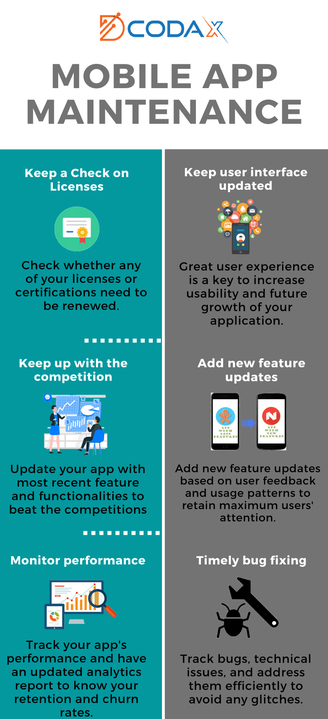
Prepare to buckle up, because the real work is just beginning.
You’ve successfully launched your MVP into the wild and that’s worth celebrating. But this is not the time to rest on your laurels.
In fact, the biggest challenge facing digital companies today is the ability to stay ahead of the curve by continuing to learn from users and adapt the product to meet their needs. By doing so, you can position yourself as one of the rare 1 in 10 companies that not only survive but thrives in the competitive digital landscape.
It’s critical to keep a finger on the pulse of your users and anticipate their needs, constantly evolving and iterating the product to meet those needs. This is the only way to stay ahead of the competition and maintain your edge.
So, don’t sit back and relax just yet. The journey has just begun.
Maintaining a product is not just about fixing bugs or keeping the lights on. It’s a continuous process of adapting to the ever-changing needs of your users and the market.
Periods of stability are necessary to collect valuable data, feedback, and analytics, but they should never be too long. Once you’ve reached a critical mass of insights, it’s time to dive back in and make necessary updates to keep your product fresh and innovative.
The cost of maintenance varies depending on your needs, ranging from $1,000 to $4,000 per month. At the high end, you’ll have access to 24-hour technical support, analytics analysis, and assistance with product road mapping.
However, when you’re not in maintenance mode, be prepared to invest $2,000 to $6,000 per month to evolve your product with new and exciting features that will keep your users engaged and loyal.
Server & Storage Costs:

When it comes to choosing an agency to entrust with your product, beware of those who claim they will “host” it on their own server farms. Such an offer is a denoting sign that you are dealing with a jokester, not a serious player.
The storage and servers that power your cloud infrastructure should be entrusted to industry giants like Amazon AWS, Microsoft Azure, and Google Firebase. With costs ranging from $150 to $300 per month, and potentially climbing into the tens of thousands for large user bases, these experts will ensure that your users’ data is safe and secure.
Sales Costs:
Congratulations! Your product has hit the market and it’s time to celebrate. But wait, the work doesn’t end there.
Even in the digital age, getting your product into the hands of users requires some old-fashioned elbow grease. Depending on your product, you may need a seasoned sales professional to pound the pavement, cold-call, and cold email to drive sales.
Hiring a skilled salesperson can be costly, with salaries ranging widely depending on geography and the amount of equity you’re willing to offer. It’s wise to budget $5,000 to $15,000 per salesperson per year to ensure that you have the right person driving sales for your product. Don’t skimp on this essential piece of the puzzle if you want to see your product succeed in the marketplace.
Marketing Costs:

Most apps need some form of marketing. Think online ads, PR, influencers, billboards, etc. The channels are nearly limitless, as is the potential spend for this portion of app development costs.
Planning for anything less than ~$500 per month for initial marketing costs would not be wise.
You really need to give the product a shot in the market and a chance to find product-market fit.
But the sky’s the limit here, Uber and Tinder spend hundreds of millions of dollars a year on marketing.
Benefits Costs:
Employees expect benefits. Healthcare, dental, and 401(k)s are table-stakes–and those alone add 10-15% overhead costs (as a % of salaries). Other employee benefits will emerge over time.
⦁ Office Costs
⦁ Utility Costs
⦁ Printer Costs
⦁ Margs with the Team at Your Local Cantina Costs
⦁ Postage Stamp Costs
You get the idea…
The above items add up.
Not planning or budgeting for everything from office expenses to postage stamps could bite you in the end. Investors want to know that you’re burdening your hockey stick revenue projections with a true sense of ALL app development costs. Because they are funding the expense side of the equation, not the revenue side.
So if you’re doing the math at home, here’s where we land for Year 1 (i.e., for the first twelve months):
⦁ Product Strategy, Branding, UX & UI Design + User Testing, Development @ $15,000 to $25,000 (over ~6-8 months)
⦁ Maintenance (and New Feature Development) Costs $5,000 (assumes ~6 months)
⦁ Server & Storage Costs @ $500 to $1500
⦁ API/SDK or Third-Party Technology Costs $1,000 to $7,000
⦁ Sales Costs @ $6,000 (assumes ~6 months)
⦁ Marketing Costs @ $3,000 (assumes ~6 months)
⦁ Partnership Costs @ $2,000 (assumes ~6 months)
⦁ People/Salary Costs @ Sky’s The Limit
⦁ Benefits Costs @ 10-15% of Salaries
To Recap
Are you feeling overwhelmed by the prospect of App Development costs? Don’t worry, you’re not alone. However, it’s important to remember that with the right strategy, funding is within reach.
Many of our clients come to us with their own capital, money from friends and family, or profits from their existing businesses. Once your product hits the market, your funding options expand exponentially, including access to million of dollars in venture capital and angel investor commitments.
At Dcodax, we’re dedicated to helping you create a truly user-validated product. We pride ourselves on being straight-shooters who are committed to your success. So if you’re looking for a team that will guide you every step of the Android App Development or iOS App Development, look no further.
Together, we’ll navigate the complexities of app development costs and ensure that your product is set up for long-term success. With Dcodax by your side, the sky’s the limit!
For Any Type of Free Consultancy, Dcodax is Always Available for your Help.
For more; Join Us Now





